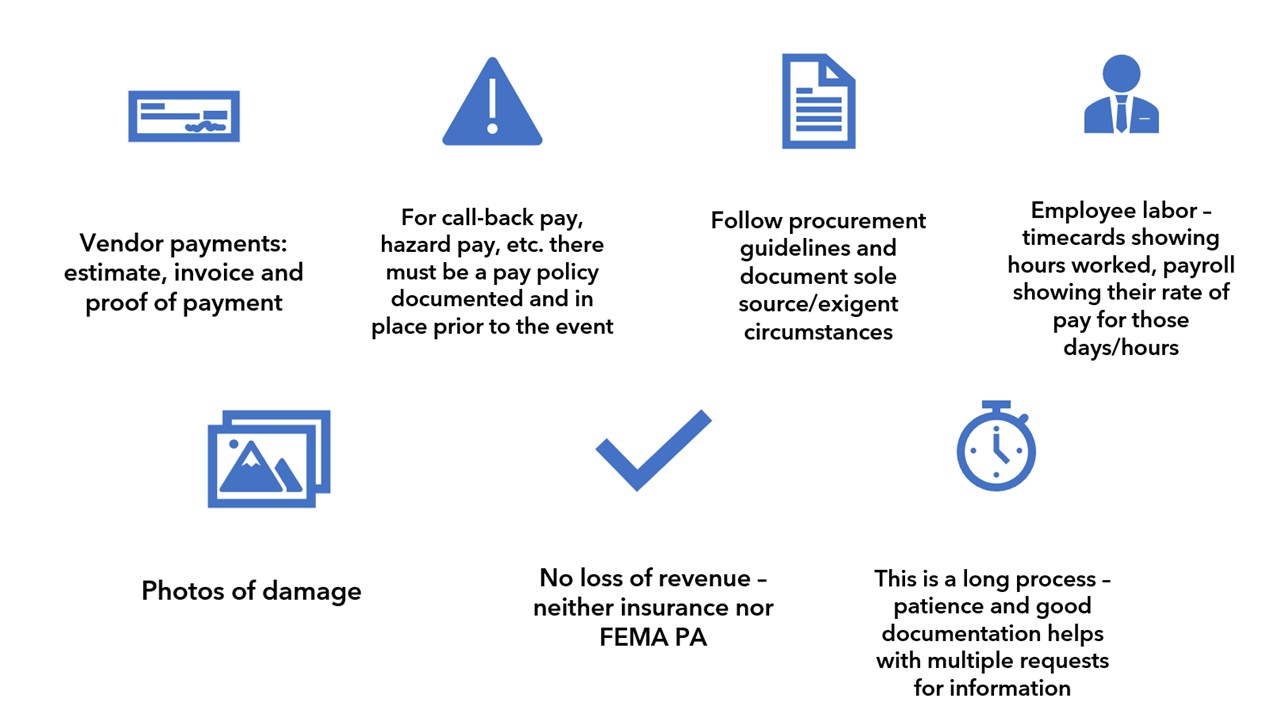- Homepage
- Departments
- Occupational Safety & Risk Management
- Insurance and Risk Management
- Insurance
- FEMA Insurance
FEMA Insurance
- Pest Management
- Fire Plan Review and Inspection
- Building Codes Enforcement
- ADA Assessment
- Applicable Building Codes
- Building Emergency Coordinators
- Certificate of Completion or Occupancy
- Chartfield Form Codes Permits
- Inspections
- Permit Application Process
- PERMIT APPLICATIONS AND FORMS
- Permit Fee Schedule
- Permit Instructions
- Plan Submittal Guidelines
- Temporary Structures on Campus – Including Tents
- Insurance and Risk Management
- Occupational Medicine
- Industrial Hygiene & Occupational Safety
- Ergonomics
- Camps
- Drones/UAS
- Building and Contents
- Boating & Dive Safety
- Automobile
- Report Lab Closeout
- Radiation Safety
- Hazardous Waste Management
- Chemical and Lab Safety
- Standard Operating Procedures
- Safety Surveys
- Peroxide Forming Compounds
- New Labs, Moving Labs & Closeouts
- Nanoparticles
- Minors and Visitors in the Lab
- Lessons Learned
- Lab Ventilation
- Lab Signage
- Lab Safety Manual
- Hydrofluoric Acid
- Greenhouse Safety
- First Aid Kit Info
- Equipment Purchase Approval
- Equipment Decontamination
- DEA – Controlled Substances
- DBPR – Pharmaceutical Products
- Cryogens
- Compressed Gas
- Chemical Storage and Management
- Chemical Spills
- Chemical Safety Information
- Chemical Inventory
- Chemical Hygiene Plan
- Chemical Exposures
- Acids That Deserve Special Attention
- Biological Safety
- Vaccination Policy for Research Personnel
- Shipping and Transport of Biological Materials
- Select Agents
- Research Involving Flying Insects
- Recombinant & Synthetic Nucleic Acids
- Plant Research
- NIH Guidelines Flowchart
- BloodBorne Pathogen Program
- Biohazardous Waste Disposal
- Biohazard Project Registration
- Autoclaves
- Acute Biological Toxins
- Lab Safety & Research Services
- Clinic Safety
- Chemical Safety
- Animal Research Safety
Jump to: Auto Liability | General Liability | Property | Supplementary Insurance | Workers’ Compensation | FEMA Insurance
FEMA Claims
The University of Florida receives funding through FEMA’s Public Assistance (PA) grant program to assist when responding to and recovering from major disasters or emergencies declared by the President.
What is covered?
- Flood
- Lightning
- Windstorm (Hurricane) or Hail
- Debris*
- Roof Leak or wind-driven rain
- Trees/shrubs/plants
- Fence damage, sidewalks, light poles, underground pipes/wires/foundations.
Emergency Work
Address an immediate threat:
- Category A: Debris Removal
- Category B: Emergency Protective Measures
Permanent Work
Restoration of:
- Category C: Roads/Bridges
- Category D: Water Control Facilities
- Category E: Buildings/equipment
- Category F: Utilities
- Category G: Parks, Recreational, and other facilities
Before the Storm:
Cat B – Emergency Protective Measures – protecting property
- Documentation needed:
- Timecards
- Sand – where did it come from, where was it disposed of?
- Equipment – dates, hours, operator
After the Storm:
Cat A – Debris Removal
Cat E – Building Repairs
- Water vacuuming, carpet removal, fans for dry out, drywall repairs, painting.
- Labor, Materials, Equipment
- Contractor invoices
For updated drone pictures of extension buildings and property please contact EH&S at 352-392-1591 or email to risk@ehs.ufl.edu.
Insurance Claims Process:
- EH&S submits claim to State of Florida.
- Adjuster is assigned and inspects the damage.
- If using contractor and there is a scope/price of damage difference, let EH&S know immediately.
- EH&S reviews estimate with facility, signs proof of loss, state issues payment.



